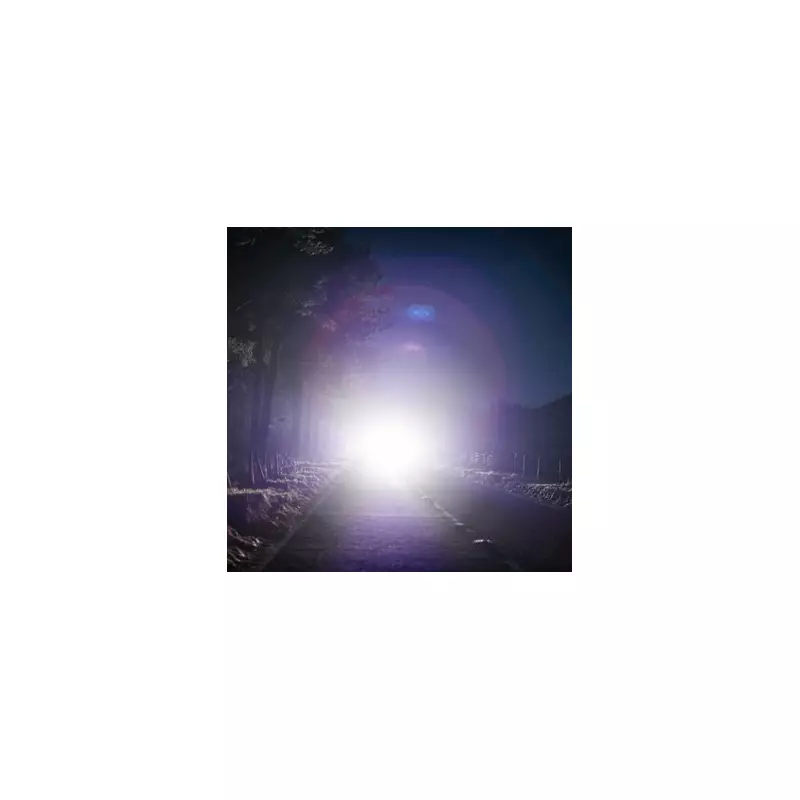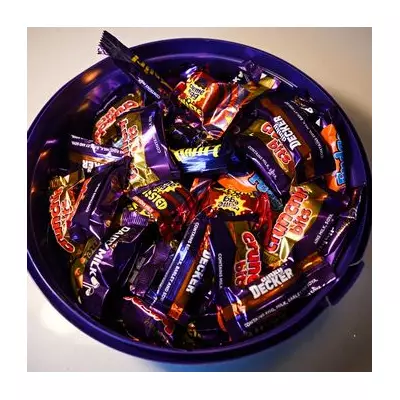
Millions of UK drivers could be unknowingly compromising their safety during heavy rainfall by relying solely on their dipped headlights, according to leading motoring experts. While dipped beams are standard for most driving conditions, they may actually be making visibility worse when the weather turns particularly foul.
The Visibility Problem in Heavy Rain
When torrential rain lashes your windscreen, the conventional wisdom of simply switching on dipped headlights might be working against you. The angle of dipped beams causes light to reflect off raindrops, creating a distracting glare that can significantly reduce how far ahead you can see.
"Many drivers don't realise that in very heavy rain, their dipped headlights are actually making it harder to see the road ahead," explains a spokesperson from the RAC. "The light reflects back off the rain, creating a wall of glare that reduces visibility rather than improving it."
When to Use Front Fog Lights
The solution lies in your car's often-underused front fog lights. These are specifically designed with a wider, lower beam pattern that illuminates the road immediately ahead without catching raindrops in the same way.
- Switch to front fog lights during periods of very heavy rain where visibility drops significantly
- Combine with dipped beams if your vehicle allows simultaneous use
- Remember to switch them off when conditions improve to avoid dazzling other drivers
Understanding the Legal Position
While the Highway Code provides guidance on fog light usage, many drivers remain confused about when their use is appropriate. Rule 226 states you must use headlights when visibility is seriously reduced, generally when you can't see for more than 100 metres.
"Front fog lights can be used in seriously reduced visibility, which includes heavy rain and spray, not just fog," clarifies a Department for Transport representative. "The key is that visibility must be seriously reduced to warrant their use."
Expert Driving Tips for Wet Weather
- Assess visibility constantly - if you can't see clearly with dipped beams alone, consider additional lighting
- Use front fog lights judiciously - they're designed for very poor conditions, not light drizzle
- Maintain safe stopping distances - these should be at least doubled in wet conditions
- Watch for spray - from other vehicles, which can suddenly reduce visibility
- Keep lights clean - dirty headlights can reduce effectiveness by up to 90%
With the UK experiencing increasingly unpredictable weather patterns, understanding how to use your vehicle's lighting system effectively could be one of the most important safety lessons you'll learn this year. The simple switch from dipped headlights to fog lights in the right conditions might just prevent your next accident.





